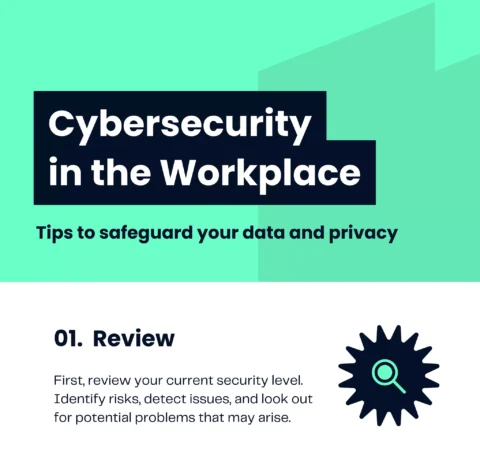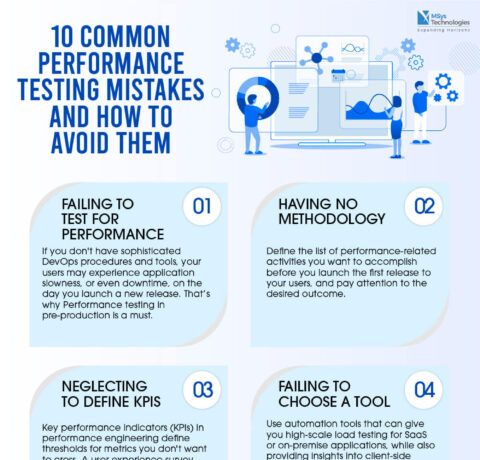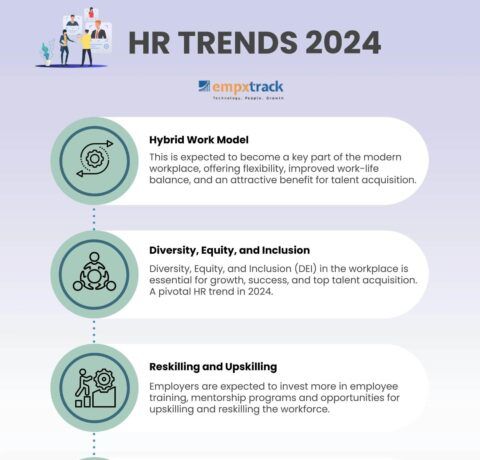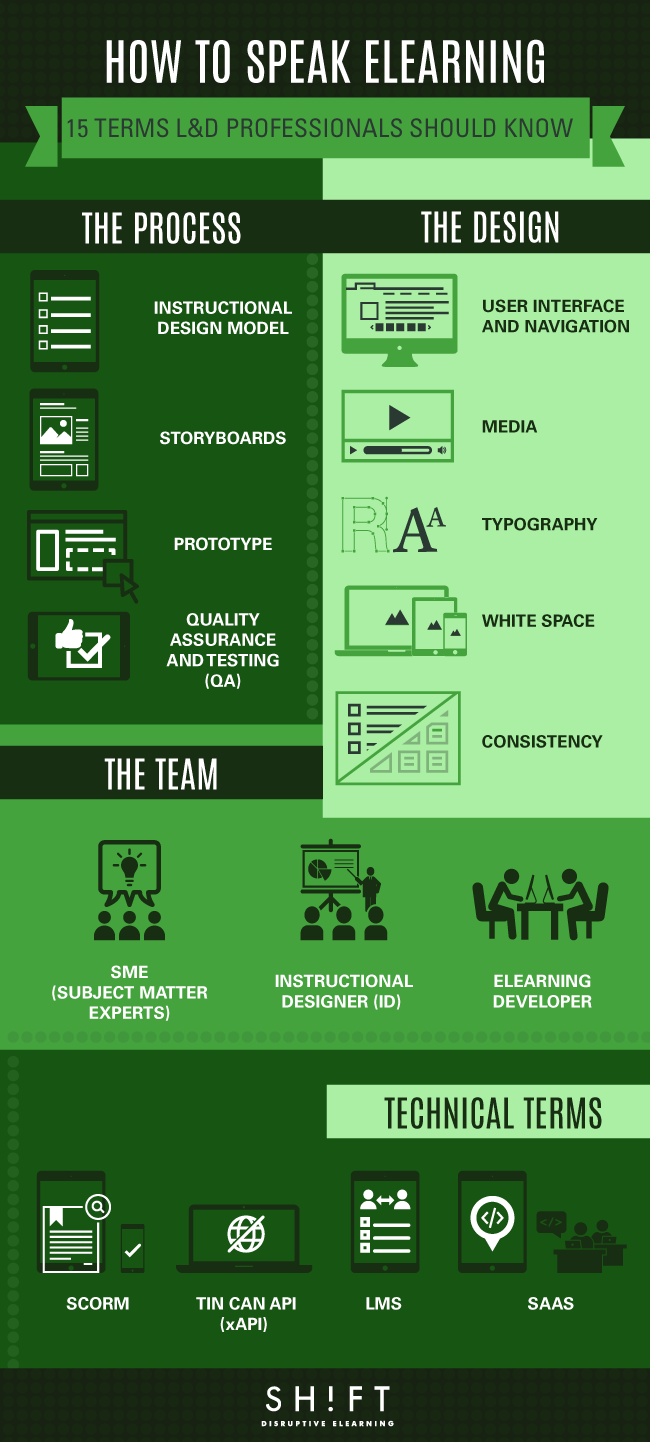How to Speak eLearning Infographic
For anyone who is new to the eLearning industry, getting familiarized with the jargon and industry phrases can be a cumbersome task. It can be overwhelming as well as demand a huge commitment.
While there are a huge number of eLearning terms and phrases every newbie needs to stock up in their arsenal to get it right, the How to Speak eLearning Infographic presents a few which stand out, whether by the commonality of usage or the importance of what they stand for.
The Process
- Instructional Design Model – A systematic approach that lists the steps or activities that need to be followed when developing an eLearning course. Read more about Instructional Design Models.
- Storyboards – This is done by the instructional designer and gives the visual designers and programmers an idea of what content needs to be added on the screen, what are the relevant visuals and other details like quizzes, assessment, animations, etc. Read more: 12 tips to create effective eLearning storyboards.
- Prototype – This is a sample module prepared for the client to approve so that the actual course can be developed to provide a general understanding of how the course will look and work like. Read more: 6 Reasons To Use Prototype in eLearning.
- Quality Assurance and Testing (QA) – This is the process that is followed to ensure that the final eLearning solution is effective. Read more: How to Assure the Quality of e-Learning.
The Design
- User Interface and Navigation – Basic elemnts: back-next navigation, page number and progress bar, audio control buttons, closed caption controls. help button, exit/close button
- Media – These are the physical or tangible forms that are utilized to present the learning content. For example: Video, Audio, Photos, Images and Animations among others. Read more: Why Rich Media Matters For Learning And Development.
- Typography – Typography refers to the font and its presentation in an eLearning module. Remember that the font should be readable. Read more: Typography In eLearning: 5 Key Tips For eLearning Professionals.
- White Space – This is a common term used by designers to refer to the space between elements on the screen. It is that part of the screen that does not include any of the screen elements.
- Consistency –Typography, colors, and imagery should match across all the screens to avoid making learners feel confused.
The Team
- SME (Subject Matter Experts) - Subject Matter Experts are the people who are experts in the field of the course or/and impart the knowledge for the content of the eLearning course.
- Instructional Designer (ID) – In a way, the Instructional Designer is the primary role that binds together the entire team. Some of the common responsibilities of an instructional designer include training needs analysis, firming up of the learning objectives, content analysis and organization, designing of the learning solution and storyboarding. View also: The Exceptional Instructional Designer’s Skills Infographic.
- eLearning Developer – A developer is a person who builds upon the general vision of the ID. S/he takes the storyboard and the developed content, and then turns it into a functional eLearning module with the help of eLearning authoring tools or tools like Flash and HTML5.
Technical Terms
- SCORM – This acronym stands for Shareable Content Object Model. It encompasses specifications to enable accessibility, reusability and interoperability of the eLearning module. View also: What is SCORM Infographic.
- Tin Can API (xAPI) – Tin Can API is the next generation of SCORM and allows you to capture data about the learning experiences both online and offline. It allows platform flexibility. View also: What is the Tin Can API Infographic.
- LMS – This stands for Learning Management System. It is a software application that allows administration, documentation, tracking, reporting and delivery of eLearning programs. View also: LMS Features Infographics.
- SaaS – This stands for Software as a Service. It is a software distribution model that allows applications to be hosted by a vendor and is then made available to learners over the internet via a web browser.
View also: eLearning Vocabulary Infographic







You can adjust your cookie preferences here.